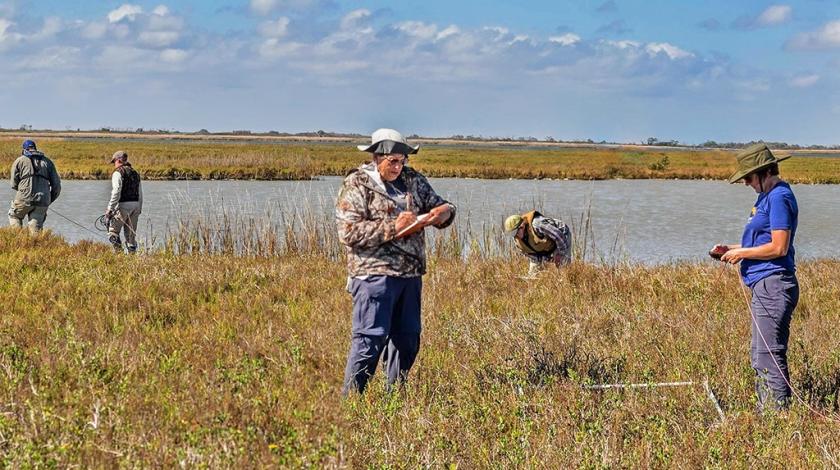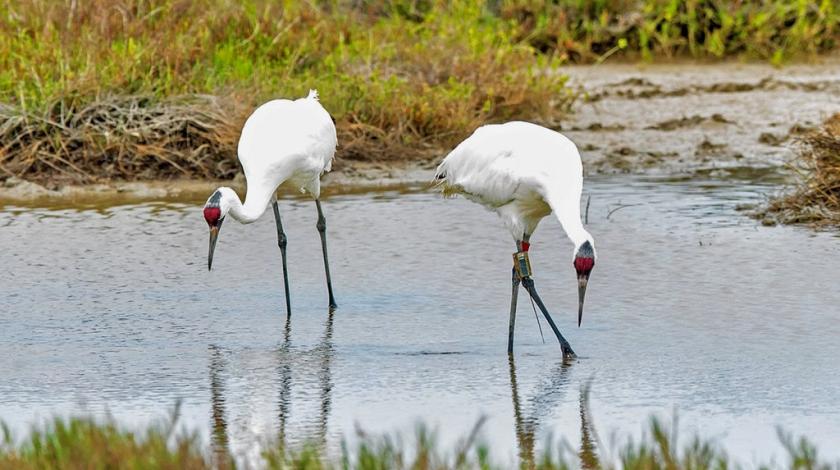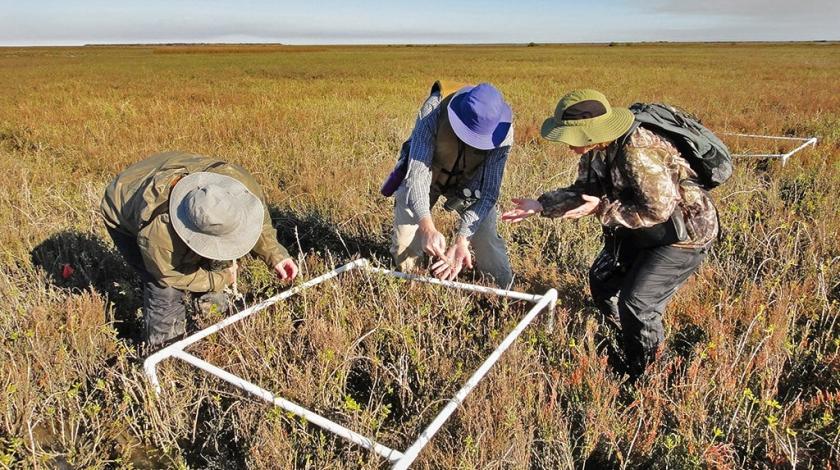BOOK WITH A $500 DEPOSIT
Endangered Whooping Cranes on the Texas Coast
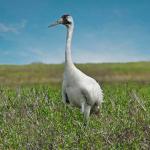
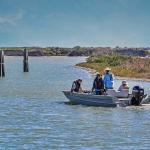
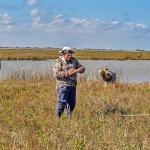
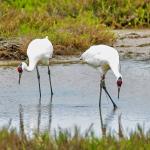
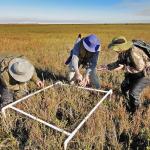
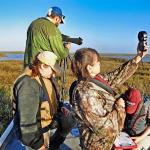
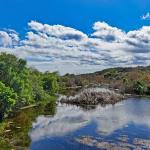
Land use changes and hunting pressure pushed these migratory birds to the brink of extinction. Today, researchers are working to determine how environmental drivers and human influences are impacting the wintering home of the endangered whooping crane
In 1941, there were only 15 wild, migratory whooping cranes in North America known to science. These birds once had a population that was believed to be close to 20,000, but hunting and loss of habitat caused a devastating decline. The U.S. and Canada launched conservation efforts, and as a result, the population had increased to roughly 279 by 2011, with the current population thought to be approximately 500 individuals. Despite their modest comeback, whooping cranes and their coastal habitats remain threatened by a wide range of natural and human-induced influences, including drought and sea-level rise caused by climate change, variable freshwater inflows, and urban expansion.
To understand the population dynamics of the whooping crane and to help protect them, you will assist researchers in exploring the complex coastal saltmarsh ecosystems along the Texas Gulf Coast to study how variable hydrology and other environmental changes affect this endangered species. You will closely monitor the birds—recording their locations, behavior, access to food, defense of coastal territories, and the frequency with which they leave their territory. You’ll share the marsh with the cranes, listening to their famous whooping calls as you collect water, soil, and plant samples and conduct abundance surveys of their favorite food resources, crabs and wolfberries, in coastal wetlands.
The whooping crane has become one of the most well-known endangered species in North America—a symbol of human interference with nature. Bringing back these cranes from the brink of extinction would not only be a major conservation success story, it could provide inspiring lessons for how to protect other endangered species around the world.
A Typical Itinerary
- Day 1: Meet, travel to field site
- Days 2–4: Whooping crane observations, habitat quality assessment
- Days 5–6: Vegetation and blue crab surveys
- Day 7: Research wrap up; departure
.
HOW YOU WILL HELP
.
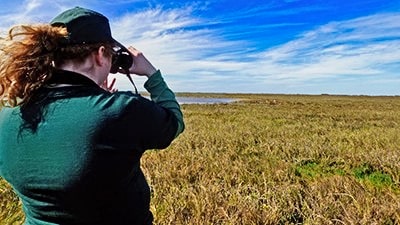
Observe whooping cranes
Conduct observations of crane behavior, foraging, territory defense, and movement in their natural saltmarsh territories.

Assess habitat quality
Collect environmental data on weather conditions, surface water quality, and water salinity levels.
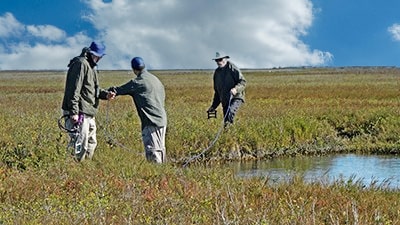
Survey whooping crane food resources
Conduct vegetation (wolfberry fruit) and blue crab surveys to document the availability and abundance of these two key crane food resources.
Field conditions and research needs can lead to changes in the itinerary and activities. We appreciate your cooperation and understanding.
.
FEEDBACK & QUESTIONS
3 Reviews on this Expedition
GET EARTHWATCH NEWSLETTER
Bi-weekly announcements, new expeditions, and updates on our impact around the globe.
.
.
.


